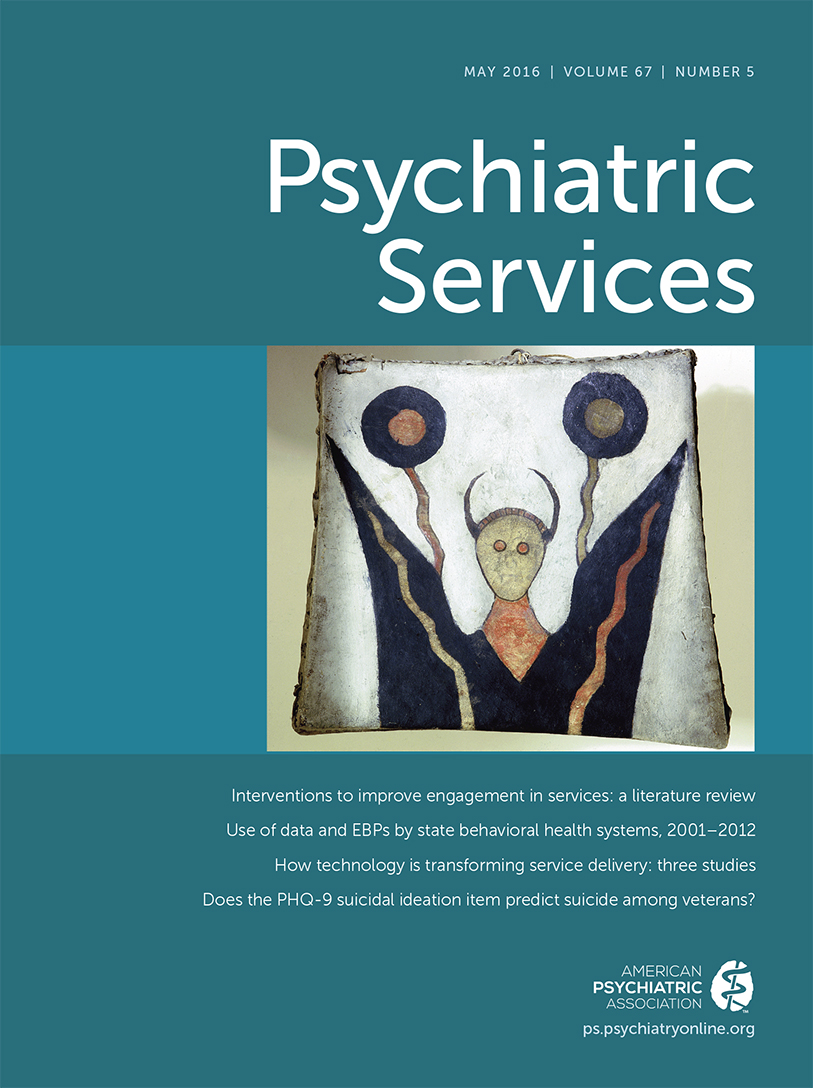The European editors’ stated goal for this book is twofold: to provide a “European-grounded” textbook that will complement the U.S. literature for the field and to promote a “European network” of interested parties to improve the delivery of, and the development of standards for, integrated services and systems.
The book is organized in three sections with geographically diverse authors supplying individual chapters. The General Aspects section includes descriptions of the European delivery systems and efforts to provide integrated services. The Specific Disorders section is organized by combinations of conditions. The Topics of Interest section covers assessment, integrated treatment strategies, pharmacotherapy, smoking, violence, adolescents, somatic issues, “heroin maintenance,” and integrated systems. The authors are predominantly from Germany, Belgium, Switzerland, and the Netherlands, and there are only a few representatives from other countries.
Given the clear value of developing a European textbook for European readers, the framework of this review is to discuss the book’s value to U.S. readers. In general, the book does not meet its overall goals. There is considerable repetition and overlap between chapters. Despite the stated objective, much of the material is based on U.S. citations. In fact, the summary findings are better presented in existing U.S. materials. Further, most of the material cited is about a decade old. The chapter on European service models includes some program descriptions from the United Kingdom and a list of some country-specific “improving practice” initiatives, but unfortunately details about those interventions are not provided. In one case the description is clearly inaccurate—that being the COMPASS program in Birmingham, United Kingdom, described in the book as the Comorbidity Programme Audit and Self-Survey, which is the descriptor of an early COMPASS self-assessment tool that I codeveloped with Dr. Christie Cline, and not a program in England. Moreover, the actual Birmingham COMPASS program has closed.
In addition, the assessment approach described in almost every chapter is dated, still relying on defining the patient’s primary problem as the problem that came first. This is not a contemporary evidence-based clinical strategy for the assessment of co-occurring mental and substance use “dual disorders.” Finally, the epidemiological data and much of the treatment and psychopharmacology data from Europe are no different from what we experience in the United States, thus detracting from the uniqueness of the book.
All that being said, within this overall work there are five contributions to the field that cover ground not well covered in the United States.
First, the summary of European experiences with integrated treatment refers to some early efforts to develop a European set of standards and practices for treatment of co-occurring disorders. An example is the multinational ISADORA project. The source materials are worth learning more about.
Second, there are two excellent chapters on substance use disorders that co-occur with autism spectrum disorders and with mild intellectual disability. The content in these chapters comes from the Department of Addiction and Developmental Psychiatry at an institution in the Netherlands. These chapters provide important epidemiological data, as well as practical treatment approaches not available in the United States.
Third, the discussion of Internet addiction and comorbidities is excellent, including the discussion of preliminary results of a collaborative research approach (STICA), which describes some innovative strategies for addressing this issue.
Fourth, the book has an astute chapter on comorbidities of both infectious and noninfectious chronic diseases that may arise with co-occurring serious mental illness and substance use disorders. The European perspective provides some interesting data on prevalence and outcomes.
Fifth, there is a lovely chapter on the success of “heroin maintenance” for complex opioid-dependent populations. This chapter has ample data supporting its viability as a routinely available service in the treatment continuum and is particularly relevant because this content will most likely never appear in the U.S. literature.
To finish, the final chapter is a plea for Europeans to work together to create integrated systems to provide integrated services. However, the content of this chapter is relatively basic, speaking more to programs (integrated dual-disorders treatment) than to services and systems. The contributors and editors do not seem to be aware of the substantial U.S. literature on integrated services and systems, nor of the tools and processes used to develop universal co-occurring capability in all services within core resources of a system (
1–
3). This type of information would be helpful to provide to our European colleagues to support progress in integrated services and systems development across all of Europe.


